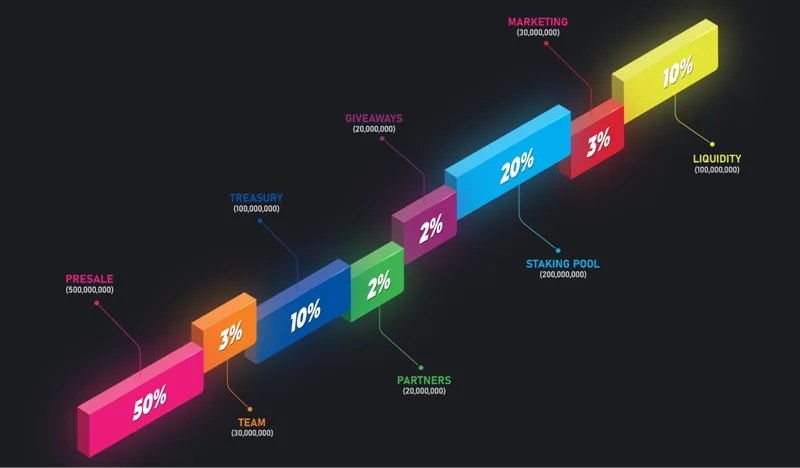With the rapid rise of artificial intelligence (AI) technology, many observers draw comparisons to the rise of the internet. However, Marc Andreessen and Ben Horowitz, founders of Andreessen Horowitz, offer deeper insights, arguing that there are fundamental differences between the two.
Fundamental Differences in Technology
At its core, the internet is a network that connects numerous computers, primarily relying on a growth model based on network effects— the more users there are, the greater the value of the network. In contrast, AI, particularly large language models, functions more like an independent computing system that processes data, learns, and generates output. Andreessen notes that the development of AI is more akin to the era of microprocessors and mainframes, representing a completely new way of processing information.
The rise of the internet was accompanied by the establishment of numerous new computers, while the emergence of AI signifies that we will face a diversity of models, each trained on different types of data and showcasing a rich array of functions and applications. In the future, AI may exist in various forms, sizes, and capabilities, creating a rich ecosystem.

Different Directions in Industry Development
In the internet era, companies primarily focused on developing applications leveraging network effects to capture user bases. In the AI era, the core task of companies shifts towards building and improving various AI models and applications, aiming to integrate them into various industries to enhance productivity and efficiency. The vast potential for AI applications is already evident in sectors like healthcare, finance, and education, driving profound transformations across industries.
User Lock-in Effects and Usability
Horowitz points out that the usability of AI makes it the most accessible computing technology to date. Unlike previous computers, AI can understand and generate human language, lowering the learning curve for users. This raises questions about lock-in effects: Can users freely choose suitable AI models, or will they be locked into certain large models? While the complexities of the internet era led to high switching costs, the usability of AI provides users with greater flexibility in choosing, fostering competition among different models.
Marc Andreessen's Perspective
- Revolutionary Technological Architecture: Marc Andreessen emphasizes that the distinction between AI and the internet lies in the fundamental change in technological architecture. The internet is an open network that relies on user-generated content and network effects for growth, while AI represents a new way of processing information, possessing self-learning and content-generating capabilities, which gives it disruptive potential across various industries.
- Enhancements in Computational Power: Andreessen points out that AI advancements are built upon powerful computing capabilities and vast amounts of data. The training of modern large language models requires robust hardware support, which is unparalleled in the internet era. As hardware continues to improve, AI technologies will become increasingly powerful, capable of handling more complex tasks.
- Formation of an Ecosystem: Andreessen believes that the future AI ecosystem will consist of different types of models optimized for specific needs. This diversity will intensify competition within the industry and provide users with more choices, ultimately forming a rich and diverse AI market.
- Impact on Human Jobs: Andreessen warns that while AI will enhance efficiency, it may also pose threats to traditional work patterns. People need to rethink how to adapt to these changes, particularly in industries that will be most affected.
Ben Horowitz's Perspective
- Usability of AI: Ben Horowitz emphasizes that the core feature of AI lies in its user-friendliness. Unlike complex programming languages and development environments, AI models can understand natural language, lowering the barrier for users. This means that even those without technical backgrounds can utilize AI, and this ease of use will drive its widespread adoption.
- Market Competition and Lock-in Effects: Horowitz suggests that the usability of AI introduces a new dimension to market competition. While large companies may dominate the market, users still have choices. This flexibility will encourage competition among different models, preventing users from being locked into a single vendor's ecosystem.
- Economic Cycles and Investment Volatility: Horowitz expresses concern about the investment environment surrounding AI technologies. He believes that the AI market may experience fluctuations similar to the internet bubble, suggesting that a market correction could follow a wave of investment enthusiasm. Such economic cycles are common during technological innovations, and investors need to remain vigilant.
- Promotion of Innovation: Horowitz asserts that the openness of AI is key to fostering innovation. Historical experiences show that closed systems are eventually replaced by open ecosystems. Therefore, the future development of AI should encourage open collaboration to promote the emergence and development of various new technologies.
Similarities: The Cycle of Boom and Bust
A common thread between the two waves is that speculative investments and the resulting market volatility are inevitable. Both AI and the internet have experienced booms triggered by over-investment, followed by market crashes when expectations are not met. This economic cycle is a typical phenomenon in technological transformation.
Lessons Learned: Openness vs. Proprietary Systems
In the early days of the internet, closed systems once dominated the market, but ultimately openness fostered industry prosperity. Today, the future development of AI faces the same choice: whether to continue toward an open ecosystem or shift toward a more closed proprietary system, which will directly impact the capacity for innovation and competition.
Future Outlook: A Diverse Ecosystem
Looking ahead, the ecosystem of AI technologies will exhibit unprecedented diversity. With technological advancements, we may witness the emergence of AI models of various scales and capabilities, which will alter existing computing paradigms and have profound impacts across different fields. From large foundational models to miniature embedded systems, the future of AI will not just be products of a few giant companies but a rich ecosystem containing various innovations.
Conclusion
As AI technology continues to evolve, various sectors are closely monitoring its potential impacts. While there are similarities between AI and the internet in certain aspects, significant differences exist in technological essence, industry development directions, and user accessibility. These differences will shape the future technological ecosystem and propel us toward a more intelligent society. In this process, we must maintain an open mindset, encourage innovation, and embrace challenges to lay a solid foundation for the widespread application of AI.
Related Articles

What is SparkLend? A Beginner-to-Advanced Guide to Decentralized Lending Made Easy
SparkLend is a decentralized, non-custodial liquidity market protocol built on the Ethereum blockchain. Simply put, it functions like a bank without intermediaries, allowing users to borrow and lend d
June 26, 2025
What is sUSDS? How Do I Acquire sUSDS?
This guide will walk you through Sky Savings’ sUSDS and sUSDC—your gateway to earning yield with stablecoins while keeping your funds secure.Sky Savings: Your Journey to Stablecoin Yields Begins HereW
June 26, 2025
What is SparkLend? A Complete Guide from Beginner to Pro
SparkLend is a decentralized, non-custodial liquidity market protocol that allows users to participate as lenders or borrowers. Lenders provide liquidity to earn passive income, while borrowers can ta
June 24, 2025
What Exactly Does Spark Protocol Do? A Complete Guide
This guide will walk you through Spark Protocol — an innovative platform designed to tackle the long-standing issue of fragmented liquidity in the DeFi space. You'll learn how to earn yield, borrow as
June 24, 2025
RXS Token Trading Guide: From Presale to Uniswap – A Complete Walkthrough
This guide will walk you through the trading process of the RXS Token, from the restrictions during the presale phase to free trading on Uniswap, helping you trade securely and efficiently.1. Introduc
June 24, 2025
